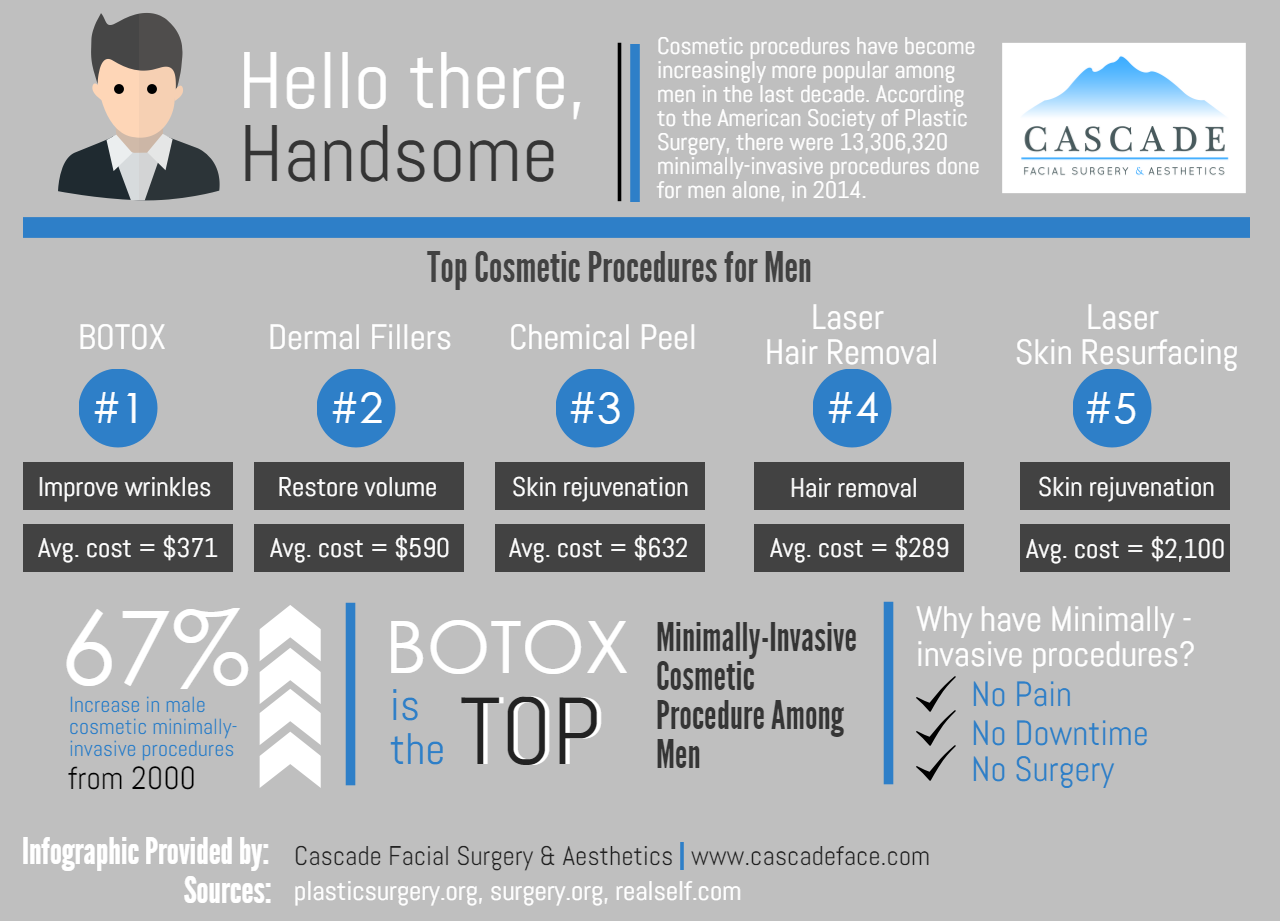Does Salicylic Acid Unclog Pores
Does Salicylic Acid Unclog Pores
Blog Article
How Does Photodynamic Treatment (PDT) Work?
Photodynamic treatment (PDT) integrates a light-sensitive medicine with special light to eliminate cancerous and precancerous cells. Your doctor puts the medicine on your skin or inside your eye and after that beams a light on the treatment location.
This combination kills cancerous cells and saves healthy and balanced cells. Yale Medicine pulmonologist George Eapen, M.D., discusses how this functions.
The Photosensitizer
Photodynamic treatment (PDT) utilizes a combination of light and a medicine called a photosensitizer to eliminate malignant or precancerous cells and spare healthy cells. You obtain an injection of the photosensitizer, which is then activated by light in your body. The photosensitizer is soaked up by both healthy and balanced and malignant cells however isn't toxic until it is turned on by the light.
Light-absorbing particles, referred to as photosensitizers, are found in plants and pets, consisting of people. There are many photosensitizers, yet a lot of are able to absorb a details series of light wavelengths.
When the photosensitizer is exposed to a light with a coordinating spooky variety, it's converted from its ground state right into an ecstatic singlet state. This enables it to move power to molecular oxygen, producing singlet oxygen and free radicals that moderate mobile toxicity.
The Light
Throughout treatment, a special light is beamed on the location where the photosensitizer was applied. This light activates the medication and ruins cancer cells or precancerous cells that it has targeted.
The medicines that are utilized in photodynamic therapy have various absorption residential properties and a few of them might take hours to leave typical cells but continue to be much longer in cancer or precancer cells. This procedure enables the doctor to target cancer cells extra exactly than other kinds of treatments that make use of visible light, such as lasers or electrocautery [54]
Photodynamic therapy can deal with the earliest spots of sunlight damage called actinic keratosis and can reduce skin cancer cells development in individuals at high danger for developing the problem. It is also an alternative for some clients with damp type age-related macular degeneration, which is a typical cause of loss of main vision in older adults. It can not recover the loss of vision triggered by this condition, however it can slow down the development of abnormal capillary growth that creates wet AMD.
The Activation
Photodynamic treatment (PDT) uses a drug and light to treat cancer cells and other skin disease. It targets precancerous cells and kills them. Unlike various other cancer therapies that burn and ruin, this treatment eliminates precancerous cells while saving healthy cells.
The photosensitizer is provided right into the skin through topical, dental or intravenous administration. It is soaked up by the tumor cells and turned on when exposed to light of a certain wavelength. This triggers a series of photochemical reactions that produces responsive oxygen types (ROS) that damages tumor cells and kill cancer cells.
PDT is usually made use of to treat actinic keratoses and sitting squamous cell carcinoma (Bowen illness). It can additionally be utilized to deal with other kinds of skin cancer cells, including surface basal cell cancer. It can be made use of alone or with other therapies, such as botox for migraines surgery or radiation. It can even reduce tumors in the lungs, enabling surgery or other treatment to be secure and effective.
The Treatment
PDT functions best in little uncommon areas of tissue that a source of light can reach, such as the skin, eyes, mouth or food pipeline (gullet) and lungs. It is also utilized to deal with precancerous growths, such as actinic keratoses, which are sun-damaged cells that can become cancer cells.
Doctors provide the photosensitizer as a lotion or injection, and after that radiate a light on the therapy area. The light ruins the uncommon cells. While healthy cells take in the photosensitizer, it remains much longer in cancerous cells.
After the procedure, your body normally disposes of the dead cells. Clients with lung cancer cells might experience coughing up blood or have a bronchoscopy to remove the lungs of the dead cells. In many cases, your doctors may utilize a bronchoscopy to get rid of the photosensitizer from the lungs as well if it causes severe signs and symptoms. It's important to stay inside and make use of sunscreen when you go outside while the photosensitizer is in your system.